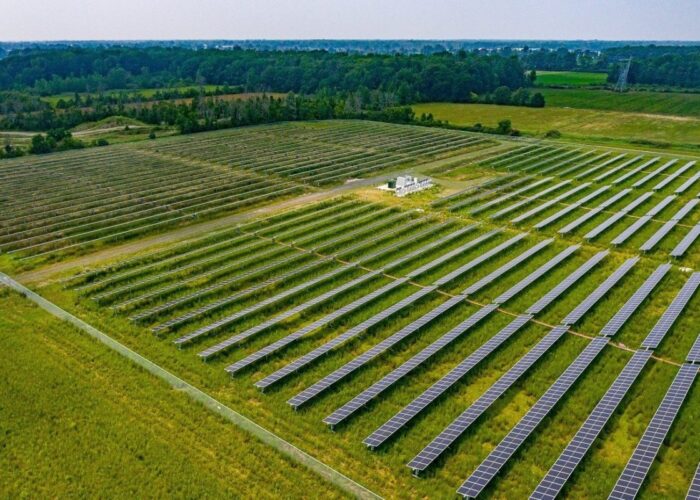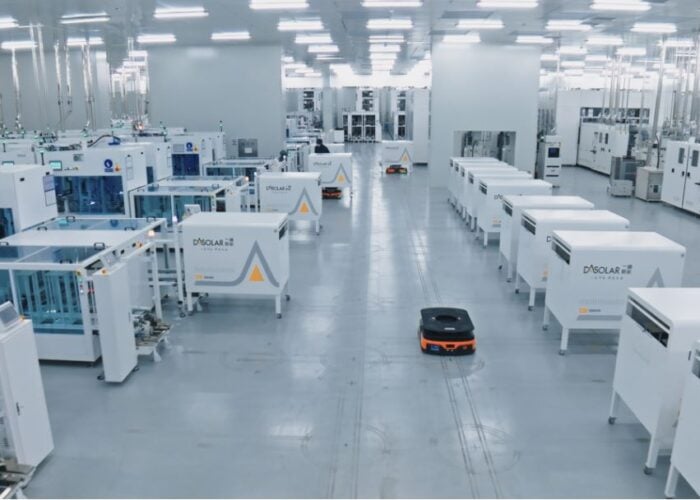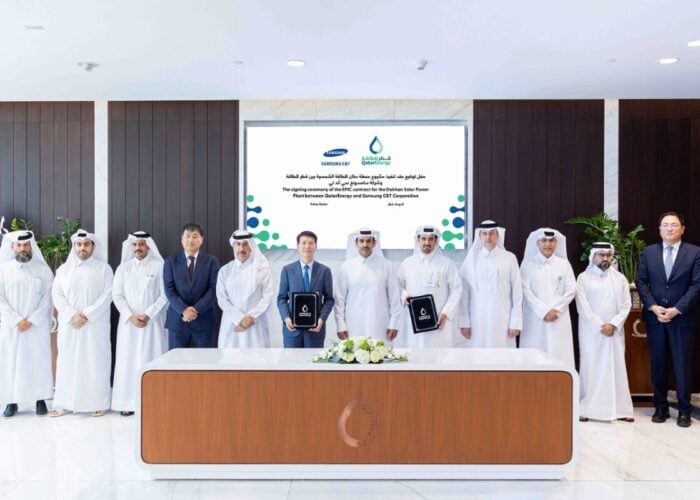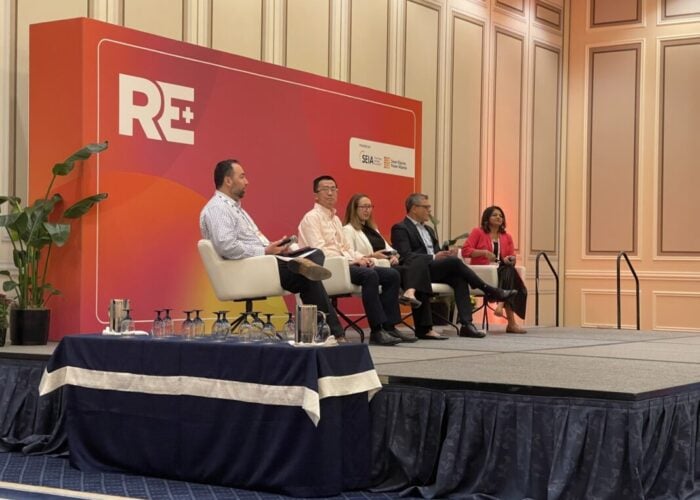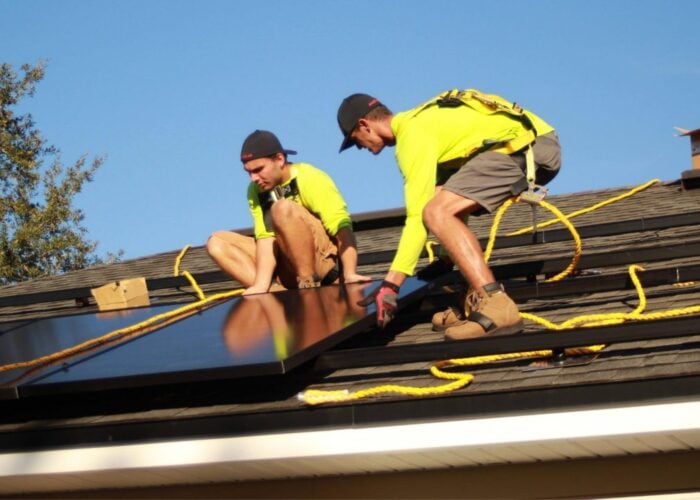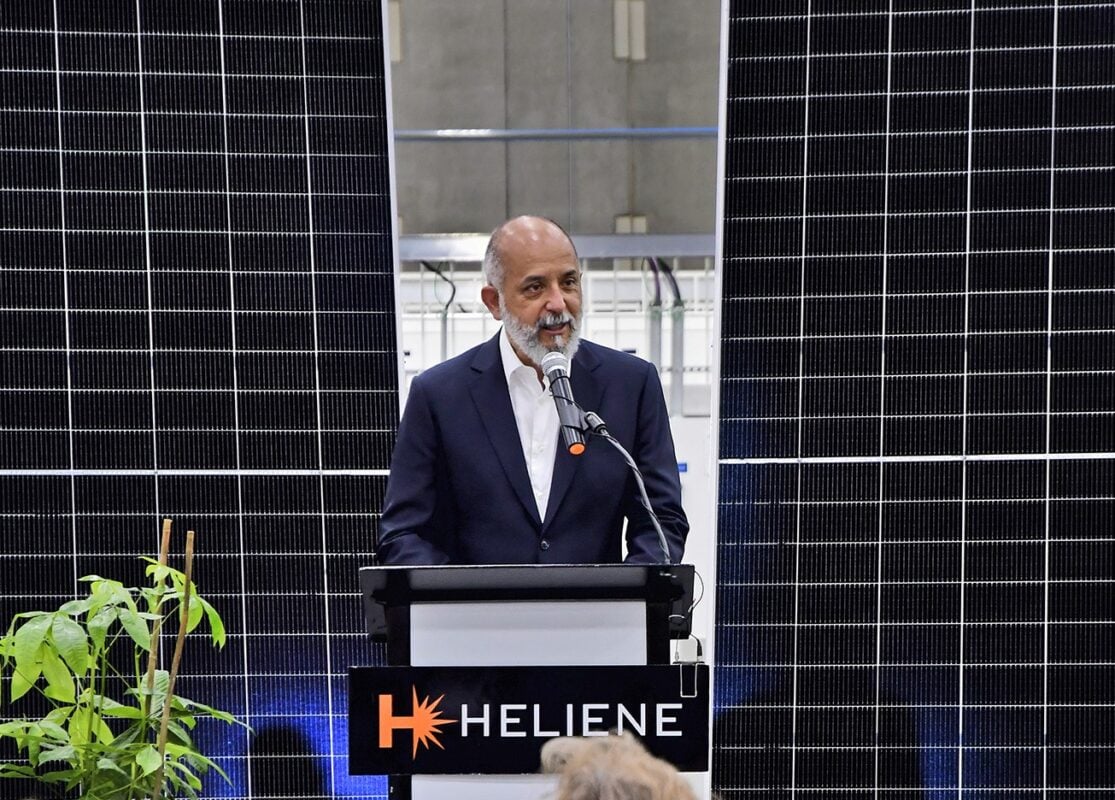
The policy landscape for US solar has changed; many would say that politics has turned against solar and renewables more broadly, removing the tax incentives and tightening up planning and approval rules for solar projects. We have heard predictions that the market will halve in size and that many companies are facing the growing prospect of dissolution.
The US economy has turned inward, not just for solar but for everything. Tariffs and restrictions on imported goods are supposedly designed to bolster domestic manufacturing and bring jobs back from overseas, but in the solar sector there have been warnings that changes to policy under the budget reconciliation bill (the “One, Big, Beautiful Bill” act) could cost hundreds of thousands of jobs and could prove a “stake in the heart” of the US solar manufacturing sector.
Try Premium for just $1
- Full premium access for the first month at only $1
- Converts to an annual rate after 30 days unless cancelled
- Cancel anytime during the trial period
Premium Benefits
- Expert industry analysis and interviews
- Digital access to PV Tech Power journal
- Exclusive event discounts
Or get the full Premium subscription right away
Or continue reading this article for free
But in this protectionism and political turn away from renewables, Martin Pochtaruk, CEO of Canada-based solar manufacturer Heliene, does not recognise a crisis in domestic solar.
“There are solar projects being built in every part of the world, financed with equity and debt. It’s only in the US where you have equity, debt and tax equity,” he tells PV Tech Premium.
He says that the removal of deployment tax credits is “a change of conditions” but “not the death of the market”: “Projects in the future will be built with equity and debt. Projects in Mexico, five miles south of projects in the southern US, don’t have tax equity, and they’re still being built.”
Mostly, this is driven by the sheer economics of solar power. Modules are cheap commodities at this point, and solar projects are fast and relatively simple to build compared with other technologies. Experts in the field have said that solar is and will remain the backbone of clean energy systems worldwide. Pochtaruk thinks this will sustain the US industry despite the change of policy.
“Solar is and continues to be the cheapest fuel,” he says. “I read somebody the other day writing about the tax credits as training wheels and asking, ‘when are you going to get the training wheels off and just ride like everybody else does?’”
Some would argue that renewables have not been given the same set of wheels as other energy sources under the new budget. The labyrinthine FEOC rules create a significant challenge for solar projects, and the executive order after the budget was signed explicitly directed the Treasury to go beyond what Congress decided in order to tighten the rules for solar and wind projects, specifically.
Protectionist market
“Whether you’re selling solar modules, cheese, T-shirts or salami, [the US is] a heavily protected market and domestic pricing is higher,” Pochtaruk says. He adds that to focus on the loss of tax credits, as much analysis has done, is to consider “only one leg of the chair”.
The tax credits have been the proverbial carrot for solar developers and manufacturers, incentivising investment and deployments under the Biden administration. But Pochtaruk is paying more attention to the ‘stick’.
That stick, he says, is the Uyghur Forced Labor Prevention Act (UFLPA), which traces imported products up the whole supply chain and prohibits any product suspected of exposure to forced labour in China’s Xinjiang province from entering the US. It has been an inaccurate tool at times. The stick also comprises the Section 232 tariffs on polysilicon imports and the antidumping and countervailing duty (AD/CVD) levies on solar modules and cells from various Asian countries.
“The US is a heavily protected market,” he says. “And when you go and buy a product, it’s not just about what you can get from buying one versus another; it’s what do you have available? What is on the shelf? What can you order? And if you cannot order a Chinese product or a Laos product or a Vietnam product, your options are less.”
That, he believes, is to the benefit of a company like Heliene, which has a small module manufacturing footprint in the US and supply deals with a number of US-based companies.
Pochtaruk seems relatively unconcerned about the prospect of manufacturers failing as the solar deployment market shrinks with the sunset for the tax credits, and FEOC restrictions make it harder for non-integrated companies to source affordable wafers, cells and glass.
“Basically, people have to be competitive to sell. Isn’t that the basis of capitalism?” he asks.
“There will be consolidation, too. Corning bought the JA Solar factory because JA cannot deny it’s a Chinese company.” He cites other companies like Runergy and a “Chinese company with a North American name” which may face a similar dilemma and have to change their relationship with the US.
“Banks will not lend money to companies buying from Chinese companies, going forward, because of the risk,” he says. “Banks are not very risk-friendly. So you are automatically reducing the size of the US supply, and that will make space for deals and consolidation, to mergers and acquisitions; smaller players growing, the larger players [eating the others] like Pacman.”
Domestic supply deals
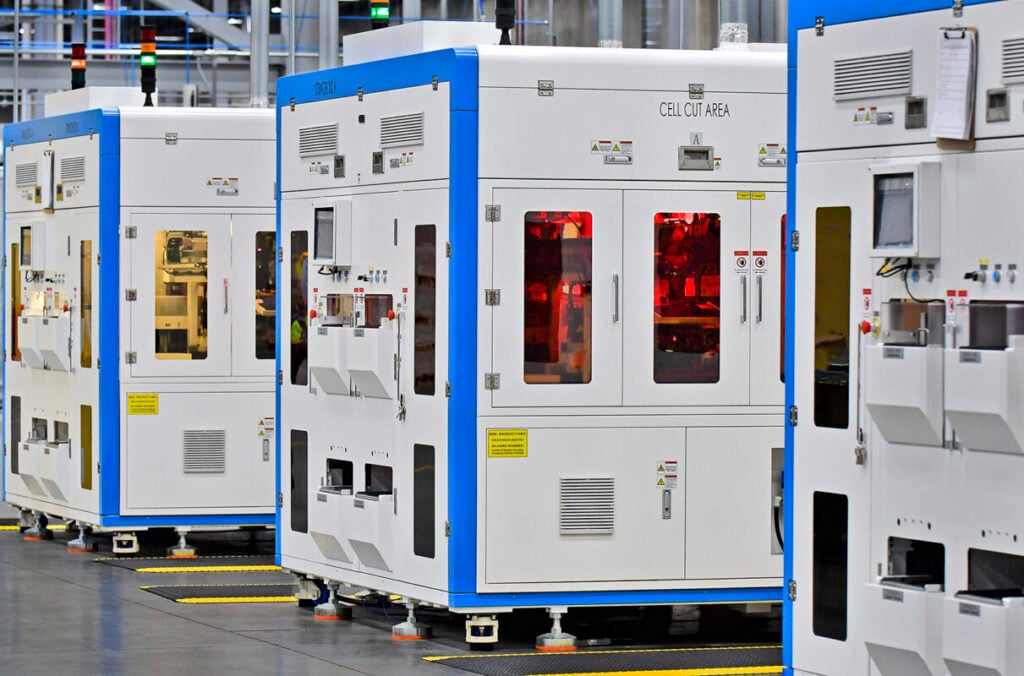
Heliene has made headlines in recent months for signing supply deals with some major US players. Most notably, it signed a framework deal with Hemlock Semiconductor and Suniva to offer an entirely US-made module with domestic polysilicon, wafers, cells and module assembly. It also has deals with steel frame producer Origami Solar and recycling agreements with Texas-based Solarcycle.
“It gives you alternatives,” Pochtaruk says. “I don’t think anybody knew that the FEOC regulation was going to be so strong and applied right away, but, in fact, this gives us an edge.”
It is fair to say Heliene – though small – has a strong domestic supply chain in place. It also offers products with imported cells, depending on what its clients want.
“In a capitalist market, you have to be agile, you have to be competitive and you have to have high quality and bankability. Because we sell into the infrastructure business, you need to be qualified by the lenders that provide the debt to the projects.”
On the deployment side, the reconciliation bill is the 2026 budget and changes very little for 2025, Pochtaruk says. Projects which begin construction by the July 2026 deadline can still be put in service for the next four years. “Therefore, all of the projects that are able to achieve that milestone will be buying modules with 2025 conditions for four more years,” he says. “What that tells you is that there is a good portion of the market going forward that will last until mid-2030 in today’s conditions.”
Looking forward, Pochtaruk is reluctant to predict the fate of the market; “If I had a crystal ball, I wouldn’t believe in it,” he says. The new retroactive application of AD/CVD duties under the Biden administration “has huge implications for manufacturers that used [Biden’s moratorium] to continue exporting and selling. I have no doubt that Chinese companies that used it for three years are going to appeal it, because otherwise it would mean literally hundreds of millions of dollars in import duties.”
For the market as a whole, he turns to others for predictions. “When you look at what Wood Mackenzie says – and you can believe it or not – they are forecasting 2025 is a similar size to 2024, and then a five to ten per cent reduction year on year going forward.
“It’s still a huge market,” he says. The growth of 30-40% the US market saw in 2024 might not ever have been sustainable, and, for Pochtaruk, gradual attrition is still a healthy place to be.
The future of US domestic solar manufacturing will be under the microscope at PV CellTech USA in San Francisco on 7-8 October 2025. For full details, click here.

